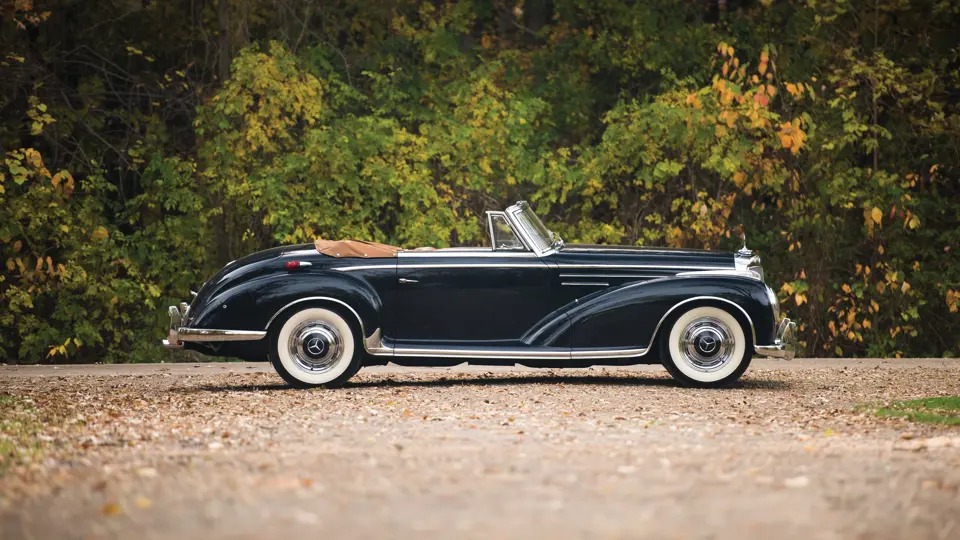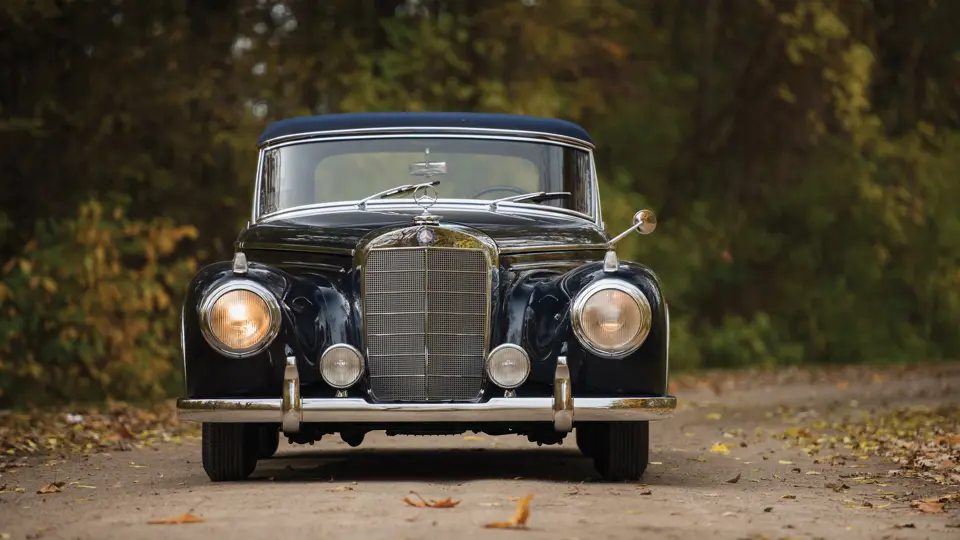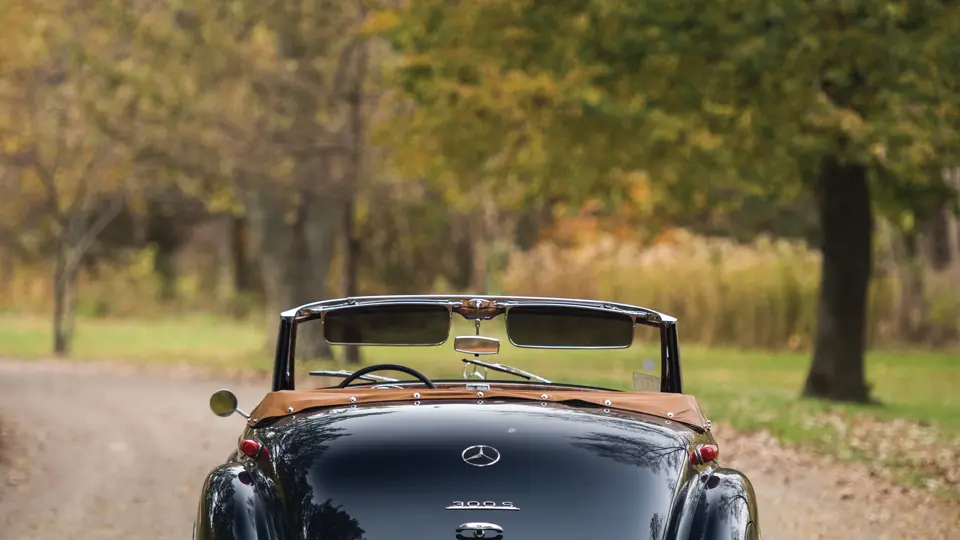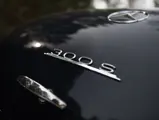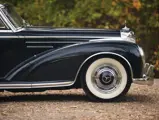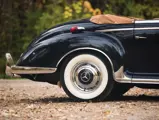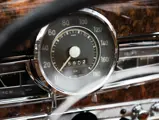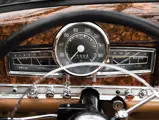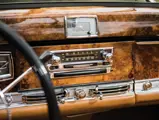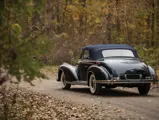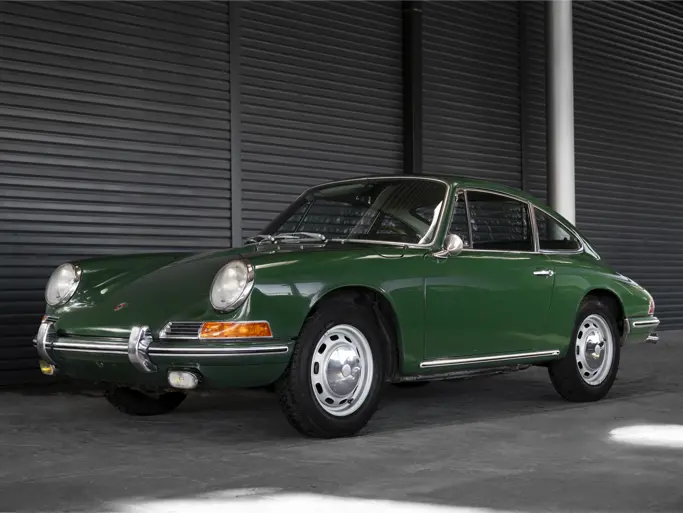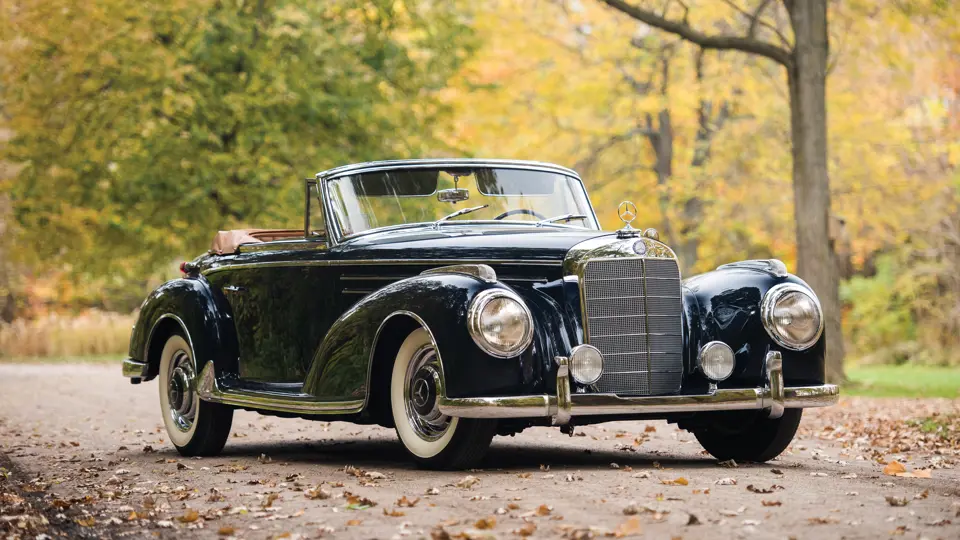
1956 Mercedes-Benz 300 Sc Roadster
{{lr.item.text}}
$1,072,500 USD | Sold
{{bidding.lot.reserveStatusFormatted}}
- The most desirable and collectable post-war Mercedes-Benz grand tourer
- One of only 53 built; the scarcest 300 Sc body style
- Fully restored by respected 300 S specialist Charles Brahms
- Equipped with the extremely rare matching fitted luggage set
- Beloved by 1950s Hollywood stars
175 hp (DIN), 2,996 cc OHC inline six-cylinder engine with Bosch mechanical fuel injection, four-speed manual transmission, independent front suspension with tube shocks and coil springs, single-pivot rear swing axle with tube shocks and coil springs, and four-wheel hydraulic drum brakes. Wheelbase: 114.25 in.
For over 100 years, except for the war years, Mercedes-Benz has maintained a consistent product strategy of offering affordable and practical transportation for the masses, promoted by small numbers of automobiles for the affluent and influential and publicized by achievements in motorsports. As soon as the company could get back on its feet after World War II, it reverted to this strategy. At the recently revived auto shows in Frankfurt and Paris in 1951, the company displayed the updated but economical 170 S passenger sedan, the 300 limousine, the 300 SL racecars, and three models of its 300 S—a roadster, cabriolet, and coupe—that used a shortened version of the limousine chassis and a detuned version of the 300 SLR racecar engine.
The bodies were designed by Hermann Ahrens, whose own design credentials extended back to the 540 Ks built between the wars. With their stately, tall Mercedes-Benz grilles surmounted by the three-pointed star, separate fenders with elegant chrome rings around the U.S.-specification headlamps, proportions emphasizing the long hood and short tail, and running boards concealed under the doors, they evoke the best of past traditions while looking forward to the ageless design of future Mercedes-Benz cars.
The three styles of personal luxury cars would be produced to special order through 1958 as the ultimate statement of taste in automotive transportation. As the most expensive cars in the Mercedes-Benz catalogue, fewer than 600 examples would be built. The rarest of these would be the 300 Sc Roadsters, produced during the last two years of production. With graceful and elegant bodies, soft-tops for occasional use tucked neatly under metal tonneau covers, and upgraded engines with Bosch mechanical fuel injection adapted directly from the 300 SL open racecars, only 53 of these desirable roadsters would be produced.
Each 300 Sc was built to order by hand. All panels would be carefully fitted, with edges leaded in as needed to minimize and even panel gaps. Chrome trim was carefully fitted to each body and then removed to be chromed before being installed back on the body. On the interior, wood veneer in the grain and finish specified by the owner would be cut in book-matched symmetric grain patterns before being fitted.
In spite of not offering air conditioning or a V-8 engine, as was becoming common on American convertibles during the period in which the Sc was built, luxury touches were integral to the 300 Sc’s design. The ashtrays, for example, dropped their ashes into a separate compartment every time they were closed, like neat little magic boxes, so that they would be clean when re-opened. Further, the rearview mirror could be rotated upward for better rear visibility when the top was stowed under the metal tonneau cover.
Most features, including the chassis, engine, and front portion of the body, were common across all three 300 S and Sc body styles. With storage space for the soft-top taking up space between the interior compartment and trunk, the roadster differed from the cabriolet and coupe in not having usable rear seats. Instead, the tonneau area behind the two front seats consisted of a neatly trimmed space for luggage or parcels.
This particular roadster is distinguished by having two of the optional and now ultra-rare fitted suitcases in that space, in dyed leather matching the interior, supplementing the optional five-piece set of fitted luggage which occupies the trunk. With that much luggage, a couple could easily travel in style across entire continents, journeys for which the comfort, handling, and performance of the 300 Sc would be perfectly suited, even in modern traffic conditions, as it is capable of cruising all day long at 75 mph. Frequent stops at filling stations, due to the rated fuel efficiency of under 14 mpg, would simply be excuses to chat with admiring bystanders.
Restored by Charles Brahms, in his time one of the most widely respected restorers of the 300 S and Sc automobiles in the world, it was the recipient of treatment to his exacting standards of originality. Acquired from Brahms by the current owner with less than 60,000 miles on the odometer, the car has recently been thoroughly gone through and carefully detailed with suitable regard for existing patina. The interior matches a rich burled walnut pattern to the dark blue of the exterior finish, complemented by thick leather in a medium-brown dye shade.
Given its particular originality, color combination, and quality of presentation, as well as its rarity and specification, this example offers an exceptionally desirable source of prestige and enjoyment to any serious collector of Mercedes-Benz automobiles.


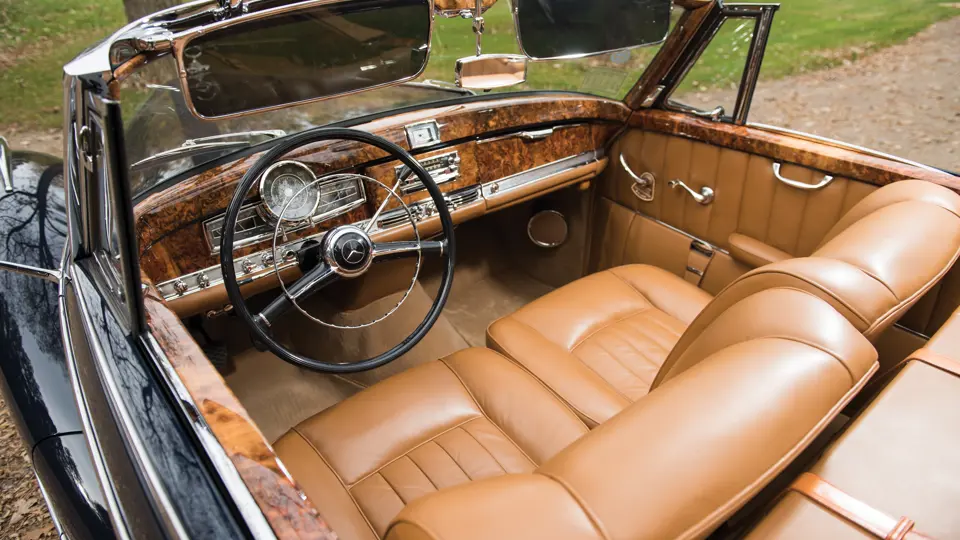

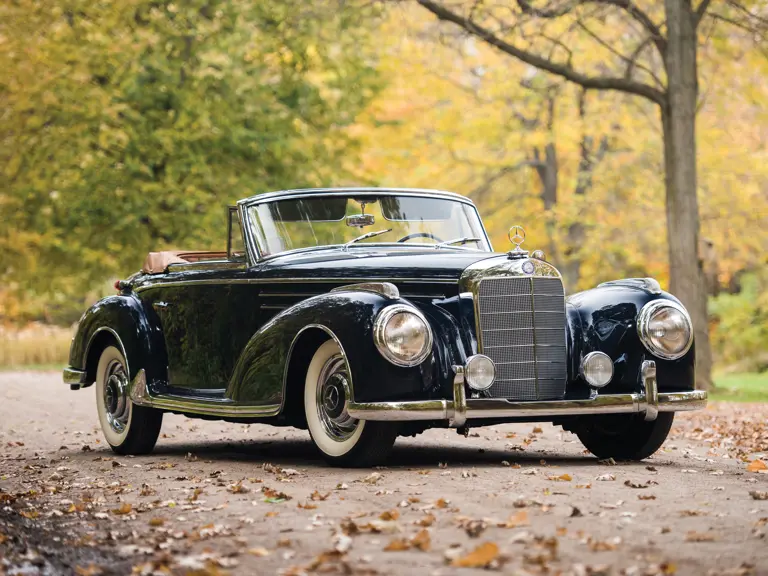


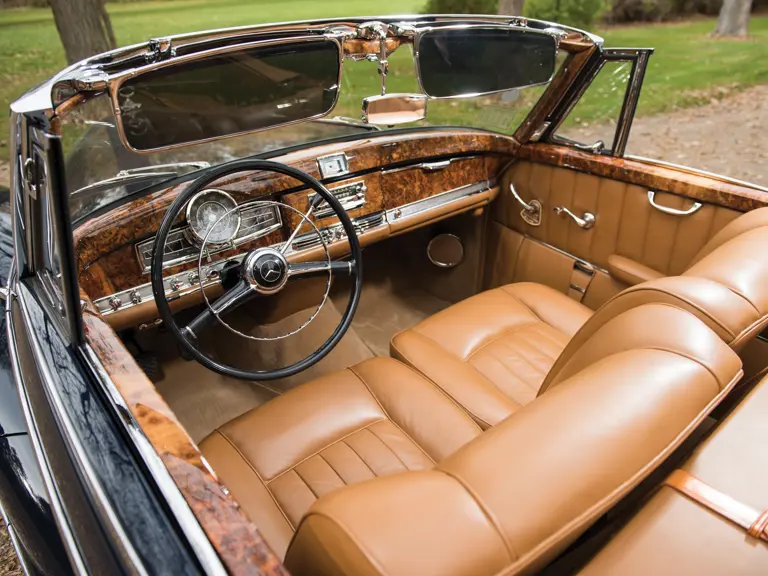
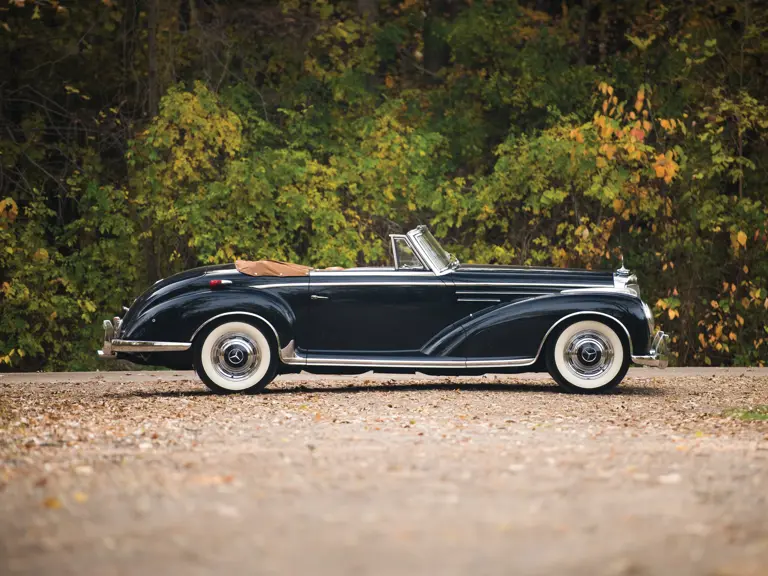
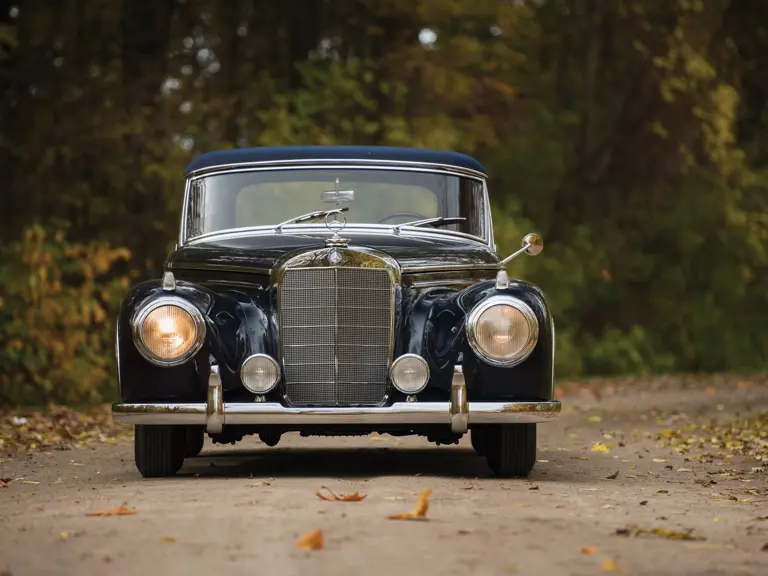
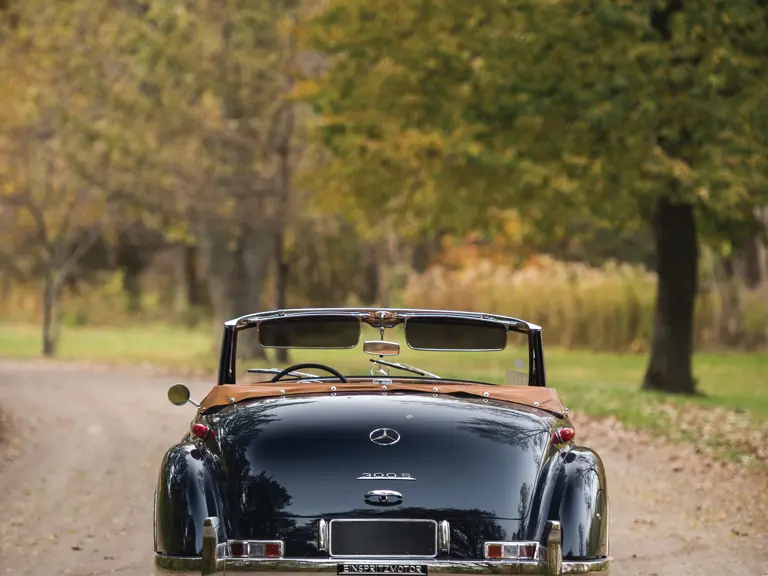

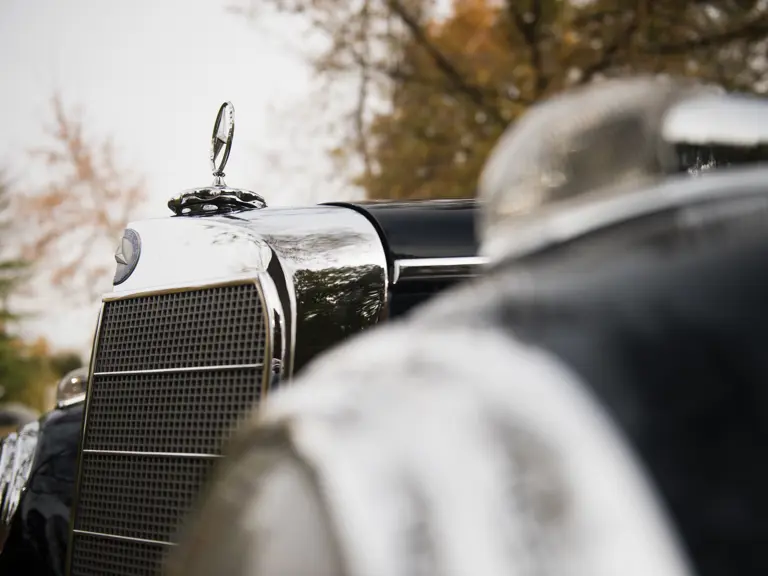
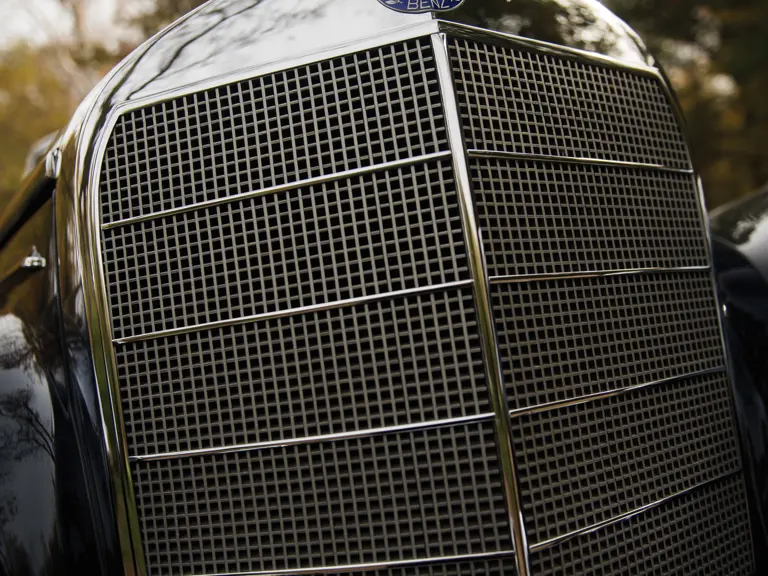

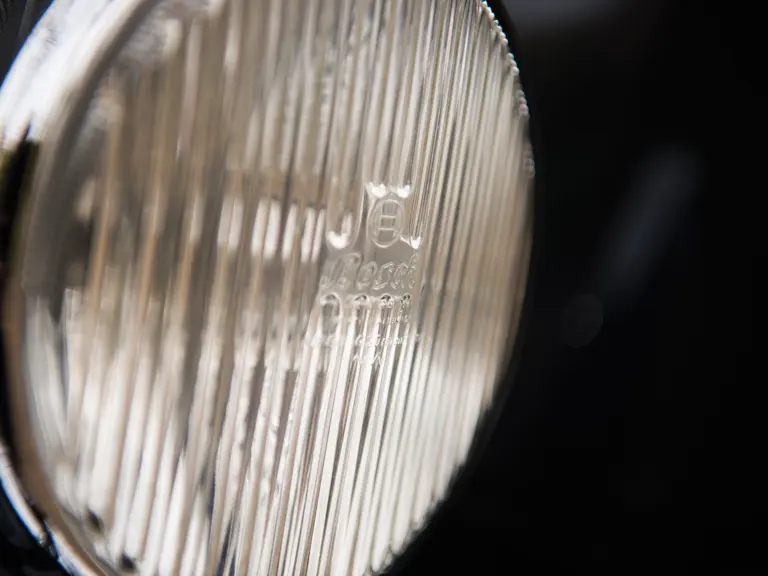
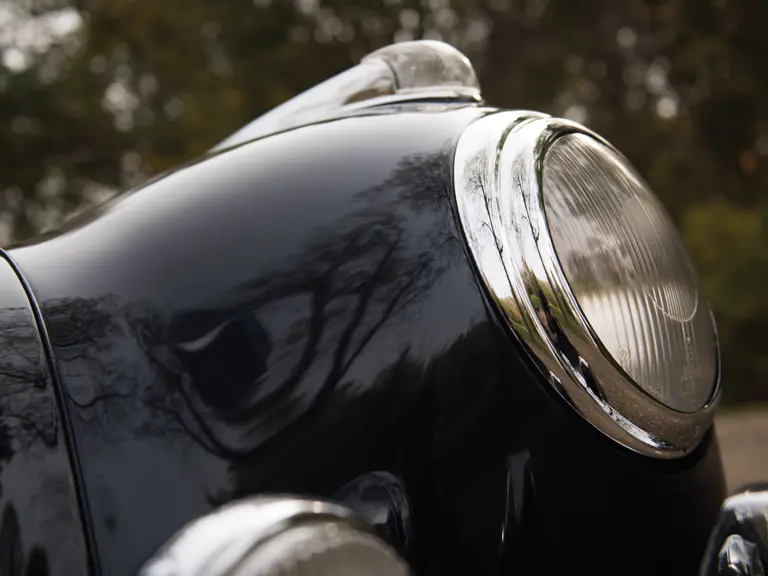

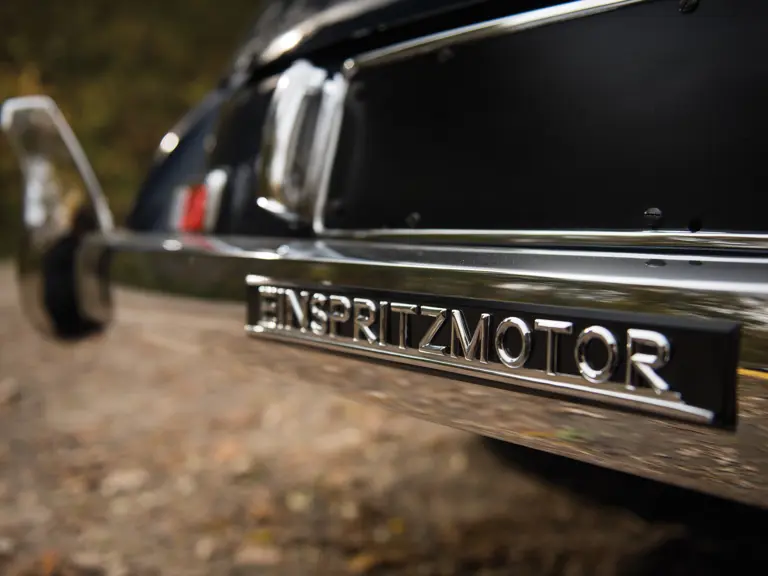


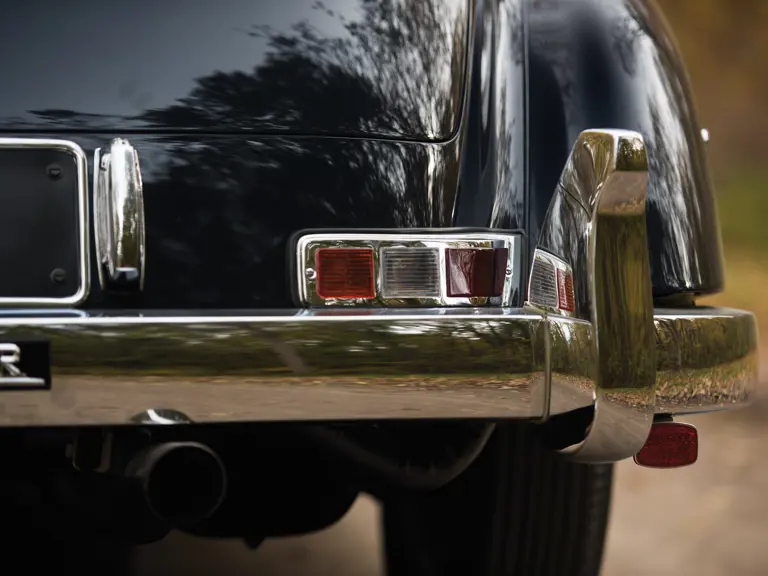
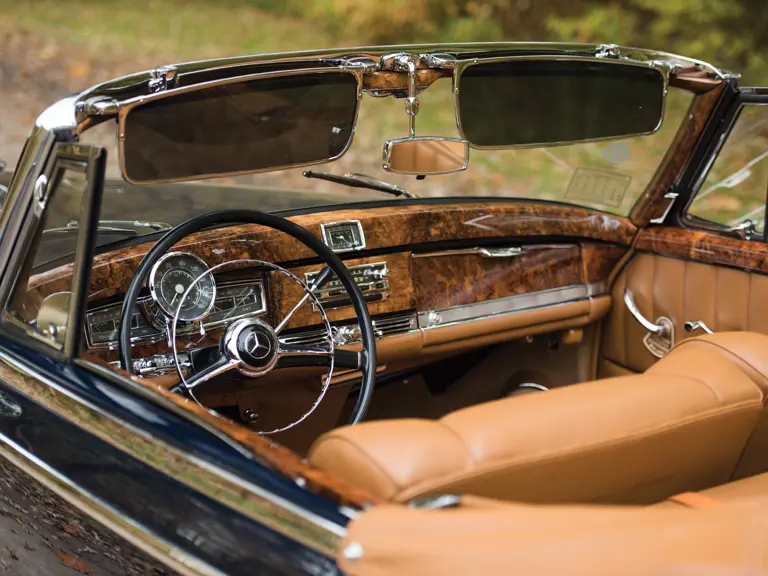
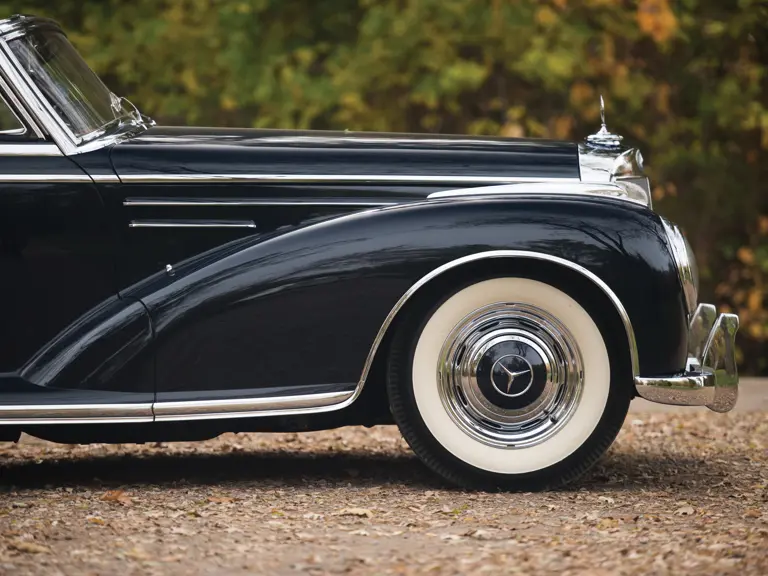
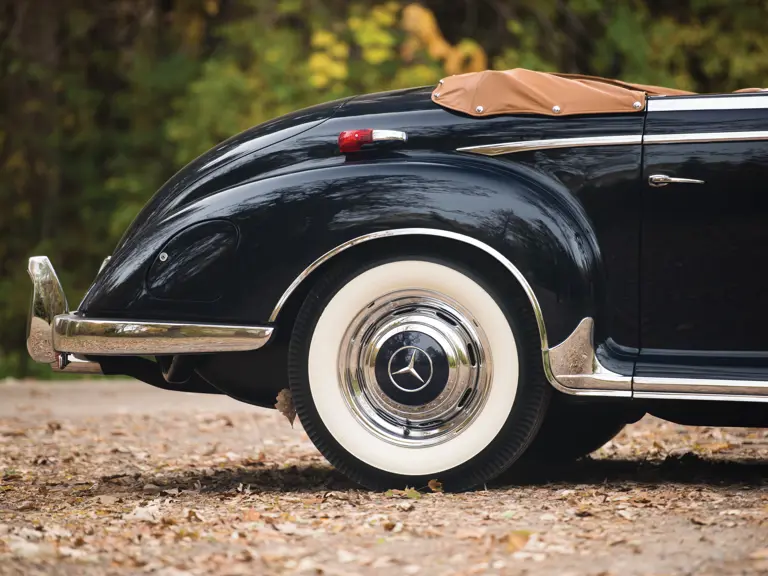
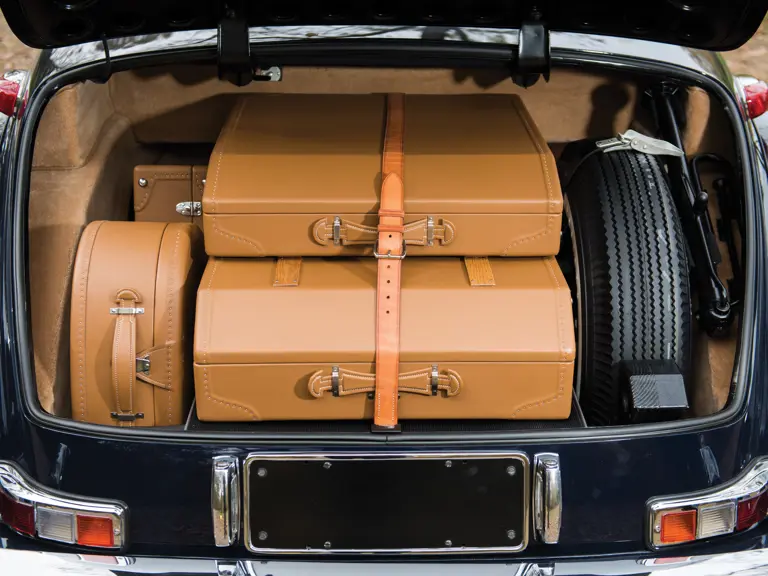

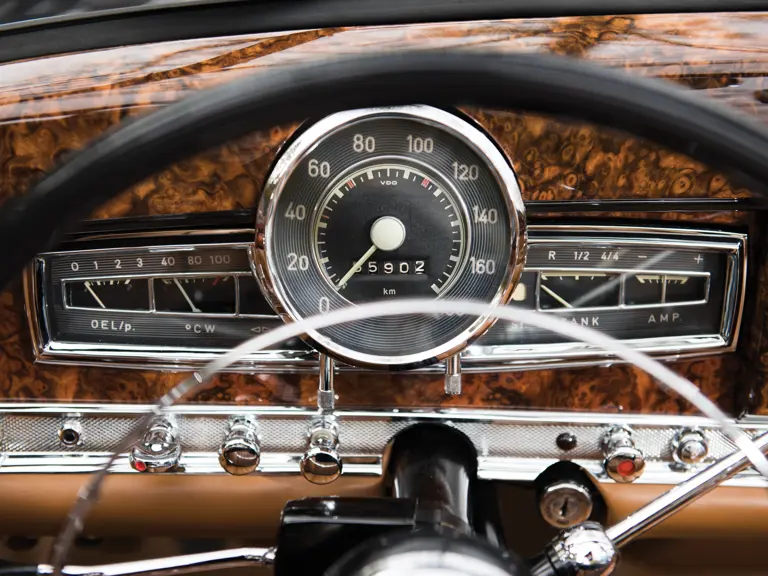
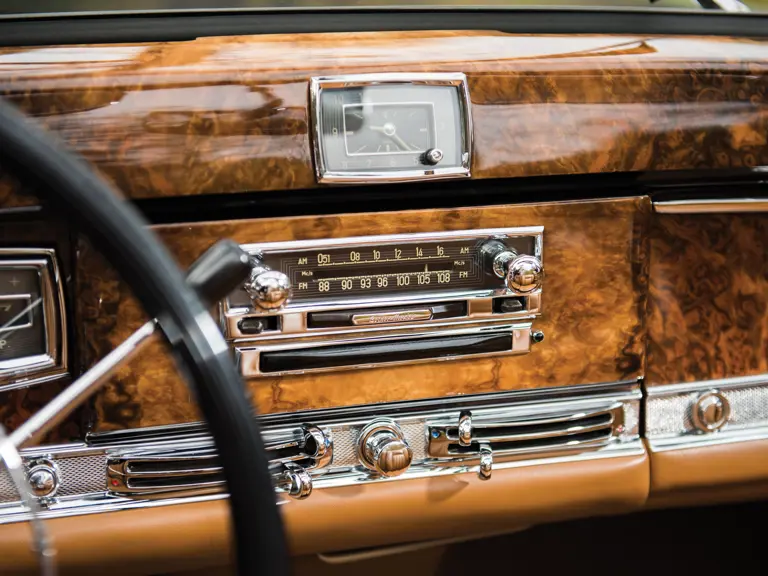
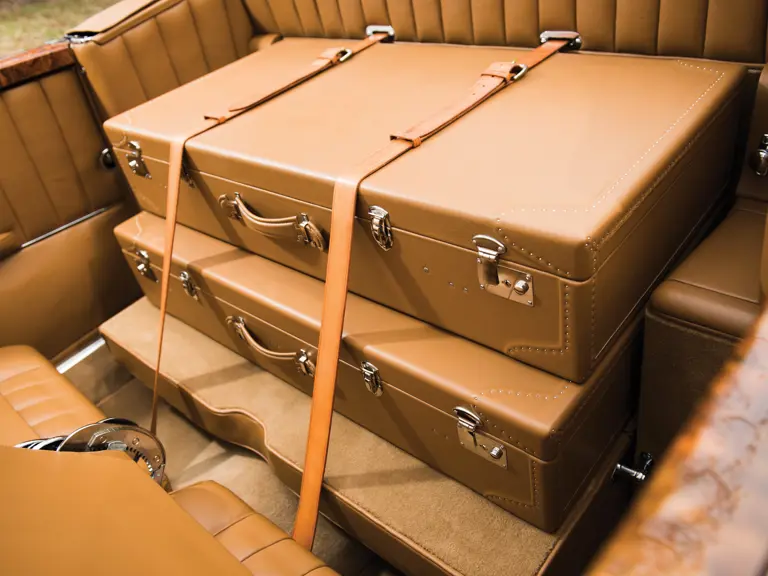

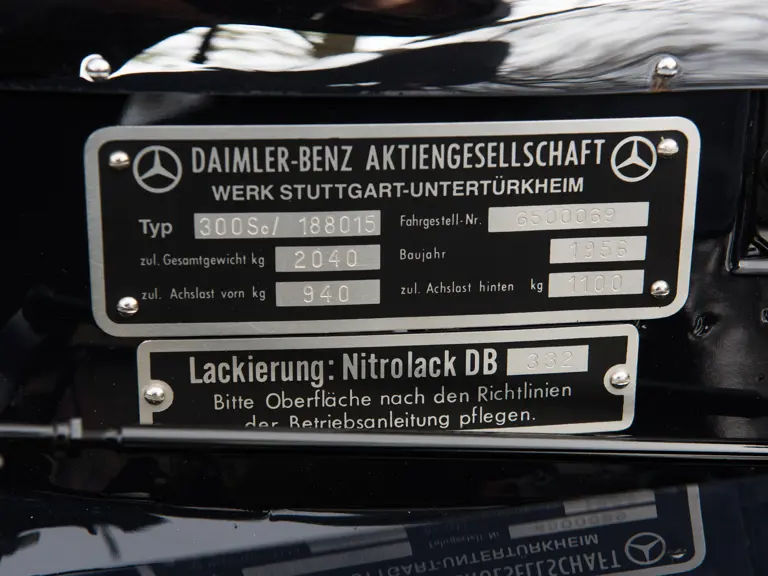
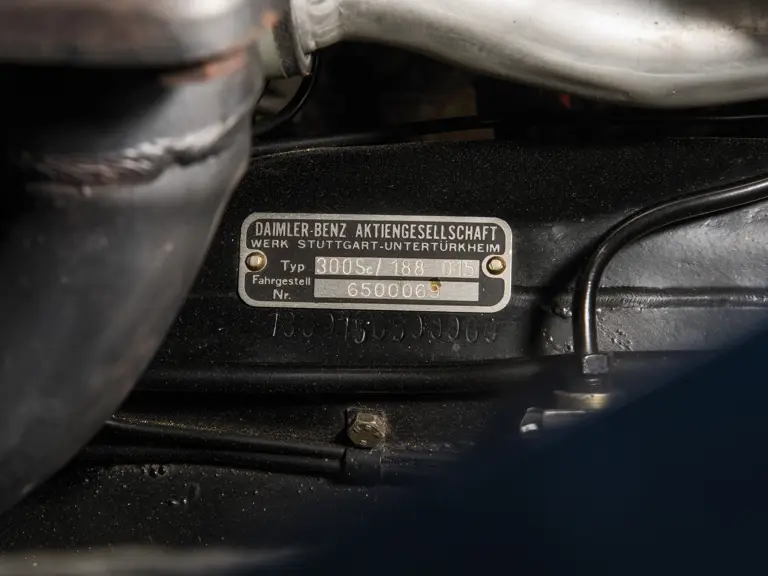
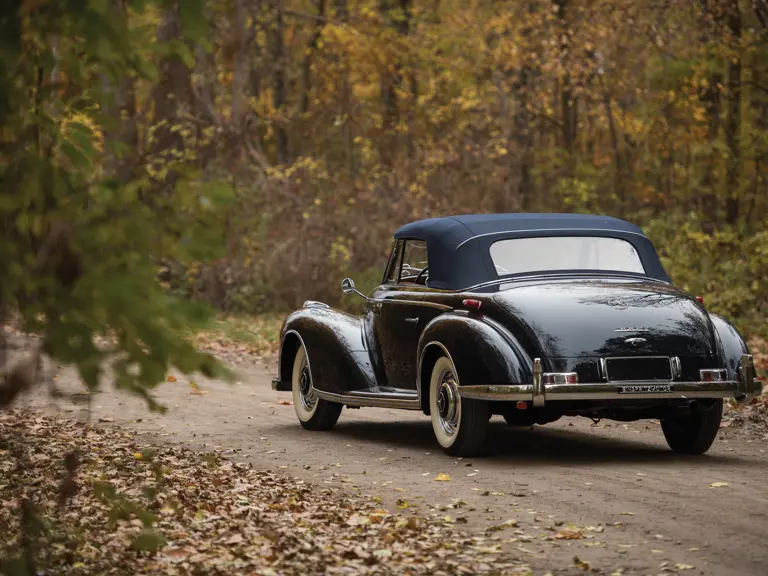

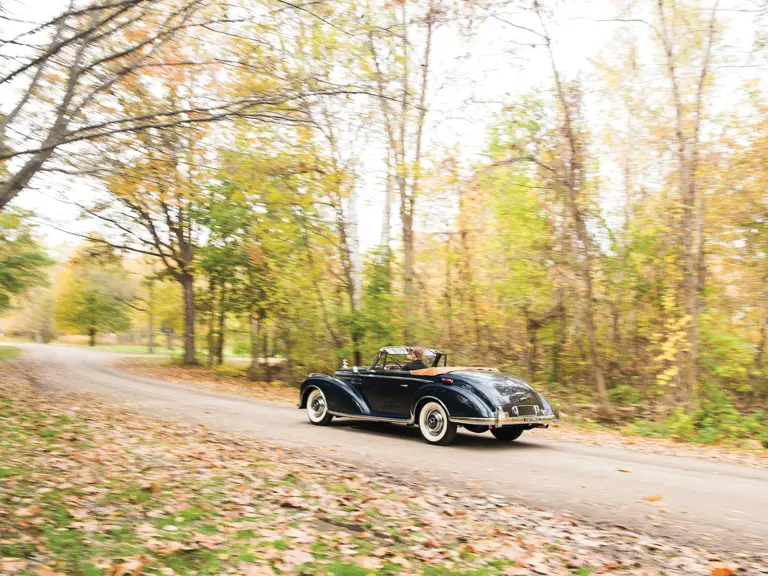
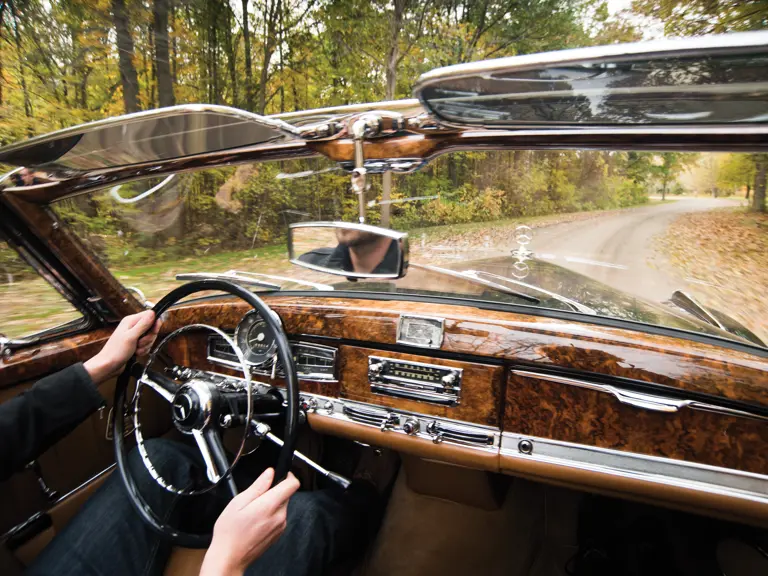
 | New York, New York
| New York, New York
